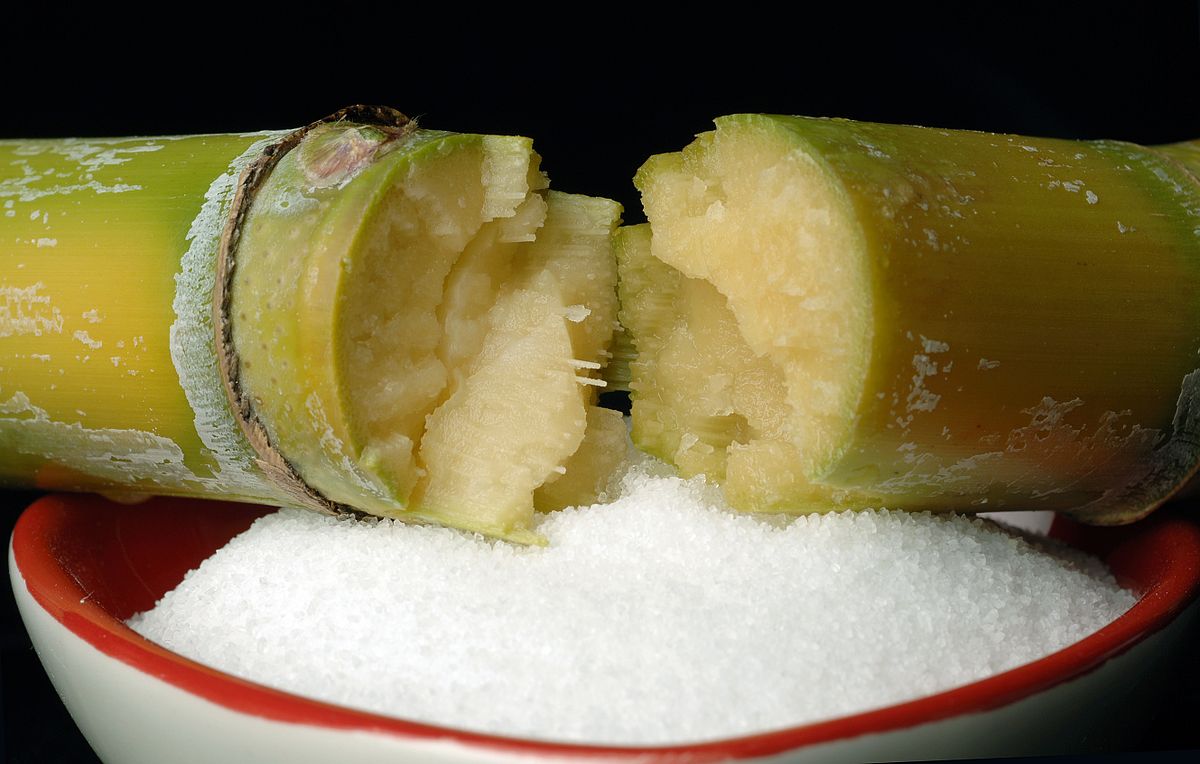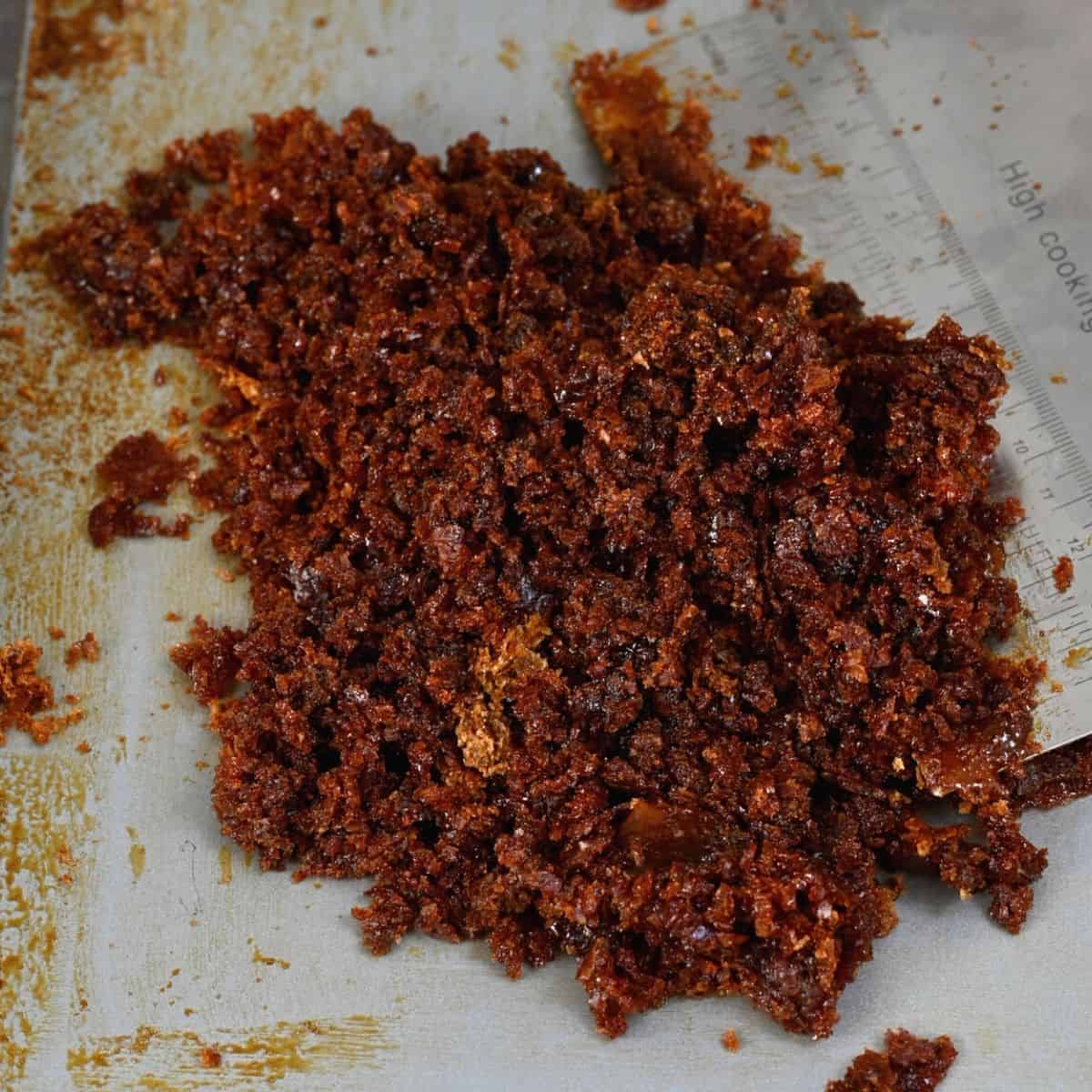Recognizing the Critical Methods and Technologies Utilized in Modern Walking Stick Sugar Processing
The evolution of walking stick sugar processing has actually been considerably shaped by the integration of innovative methods and modern technologies that attend to both efficiency and sustainability. As we explore these critical innovations, it comes to be essential to take a look at just how they not just improve manufacturing however also align with broader sector trends and customer needs, increasing concerns regarding the future of sugar processing and its ramifications for international markets.
Historic Context of Cane Sugar Handling
The historic context of walking cane sugar handling discloses a rich tapestry of agricultural technology and cultural exchange that has formed its development over centuries. The process of refining and extracting sugar got momentum in India, where methods for formation were improved around the Sixth century.

Advanced Removal Methods
Performance in cane sugar removal has actually seen significant innovations, driven by the demand for higher yields and reduced production expenses. Traditional techniques have progressed, paving the way to cutting-edge innovations that improve the efficacy of the extraction process. One notable development is the usage of enzyme-assisted extraction, where details enzymes break down cell walls and launch more sucrose from the cane fibers. This strategy not just enhances sugar return yet likewise decreases the energy needed for handling.
Furthermore, the fostering of membrane filtration innovations, such as nanofiltration and turn around osmosis, has actually reinvented the separation of sugar from impurities. These approaches permit for the selective permeation of sugar particles while retaining larger pollutants, simplifying the removal procedure and decreasing waste.
In addition, the assimilation of continual extraction systems has resulted in boosted functional performance. Cane Sugar Processing. These systems preserve a constant flow of walking stick material, making certain optimum extraction problems and lowering downtime connected with batch processing
Innovative Refining Technologies
Refining strategies in walking cane sugar processing have actually undertaken a transformative change, driven by the demand for greater pureness and boosted product high quality. Among one of the most noteworthy advancements is the adoption of membrane filtering technologies, such as ultrafiltration and nanofiltration. These processes effectively get rid of pollutants and colorants without the demand for substantial chemical therapies, consequently maintaining the sugar's natural flavor and improving its charm.
Another considerable development is making use of ion exchange resins, which permit selective elimination of unwanted ions from sugar solutions. This technology not only boosts the total pureness of the final product yet additionally adds to minimized waste and environmental impact.
Additionally, innovations in adsorption methods, utilizing triggered carbon and other innovative materials, have verified effective in decolorizing sugar solutions while maintaining ideal top quality. The integration of these cutting-edge refining innovations makes certain that producers can generate polished sugar with remarkable quality and preference, satisfying the evolving choices of consumers.
Automation and Control Equipment
Current advancements in refining innovations have actually paved the means for substantial enhancements in automation and control systems within walking cane sugar processing centers. These systems use innovative software and equipment to improve operational effectiveness, minimize human mistake, and make sure constant product quality.
Modern automation integrates numerous parts, including sensing units, actuators, and programmable visit logic controllers (PLCs), allowing real-time surveillance and control of important processes. For example, temperature, circulation, and pressure rates can be precisely controlled throughout extraction, explanation, and condensation stages, optimizing performance and decreasing waste.
Furthermore, advanced data analytics and artificial intelligence algorithms play a pivotal duty in predictive maintenance, allowing drivers to expect devices failures prior to they happen. This positive technique not only decreases downtime however also expands the life-span of machinery.
On top of that, automation helps with the application of Industry 4.0 concepts, equipping sugar mills to achieve higher connection and data exchange across processes. click here to read Because of this, decision-making ends up being even more nimble and educated, inevitably improving the overall competition of walking stick sugar manufacturing. With these innovations, the industry is well-positioned to meet expanding international demands while preserving operational quality.
Sustainability Practices in Sugar Manufacturing
Sustainability practices in sugar manufacturing have become progressively crucial as the industry looks for to balance financial stability with ecological obligation. As consumer recognition grows relating to the environmental influences of farming practices, sugar manufacturers are embracing ingenious approaches to decrease their ecological footprint.
One significant method is the implementation of precision agriculture methods, which make use of data analytics to optimize resource use, such as water and plant foods. This reduces waste and minimizes the influence on local communities. Additionally, numerous manufacturers are transitioning to renewable resource sources, such as biomass from sugarcane byproducts, to power their operations, thereby lowering dependence on nonrenewable fuel sources.
Water monitoring techniques are additionally crucial; rain harvesting and reliable watering systems assist reduce water scarcity concerns. Cane Sugar Processing. Additionally, integrated insect management techniques lower chemical use, advertising biodiversity and dirt wellness
Business social obligation initiatives are arising, with business investing in local areas and making certain reasonable labor methods. By embracing these sustainability techniques, the sugar market not only boosts its track record however also adds to a much more sustainable farming landscape, paving the means for future generations.

Conclusion
In recap, modern-day walking stick sugar processing integrates a variety of advanced techniques and innovations that dramatically boost sustainability, performance, and return. Jointly, you could look here these innovations place the walking cane sugar market to meet modern demands while resolving vital worldwide challenges.
The evolution of cane sugar handling has actually been considerably shaped by the assimilation of innovative methods and innovations that deal with both efficiency and sustainability.The historical context of cane sugar handling exposes a rich tapestry of farming innovation and social exchange that has shaped its development over centuries. Innovations in milling and refining arised, laying the groundwork for contemporary cane sugar handling.Refining techniques in walking cane sugar processing have undertaken a transformative change, driven by the need for greater pureness and boosted item top quality.In recap, contemporary walking cane sugar processing incorporates a variety of advanced strategies and innovations that substantially enhance sustainability, return, and effectiveness.